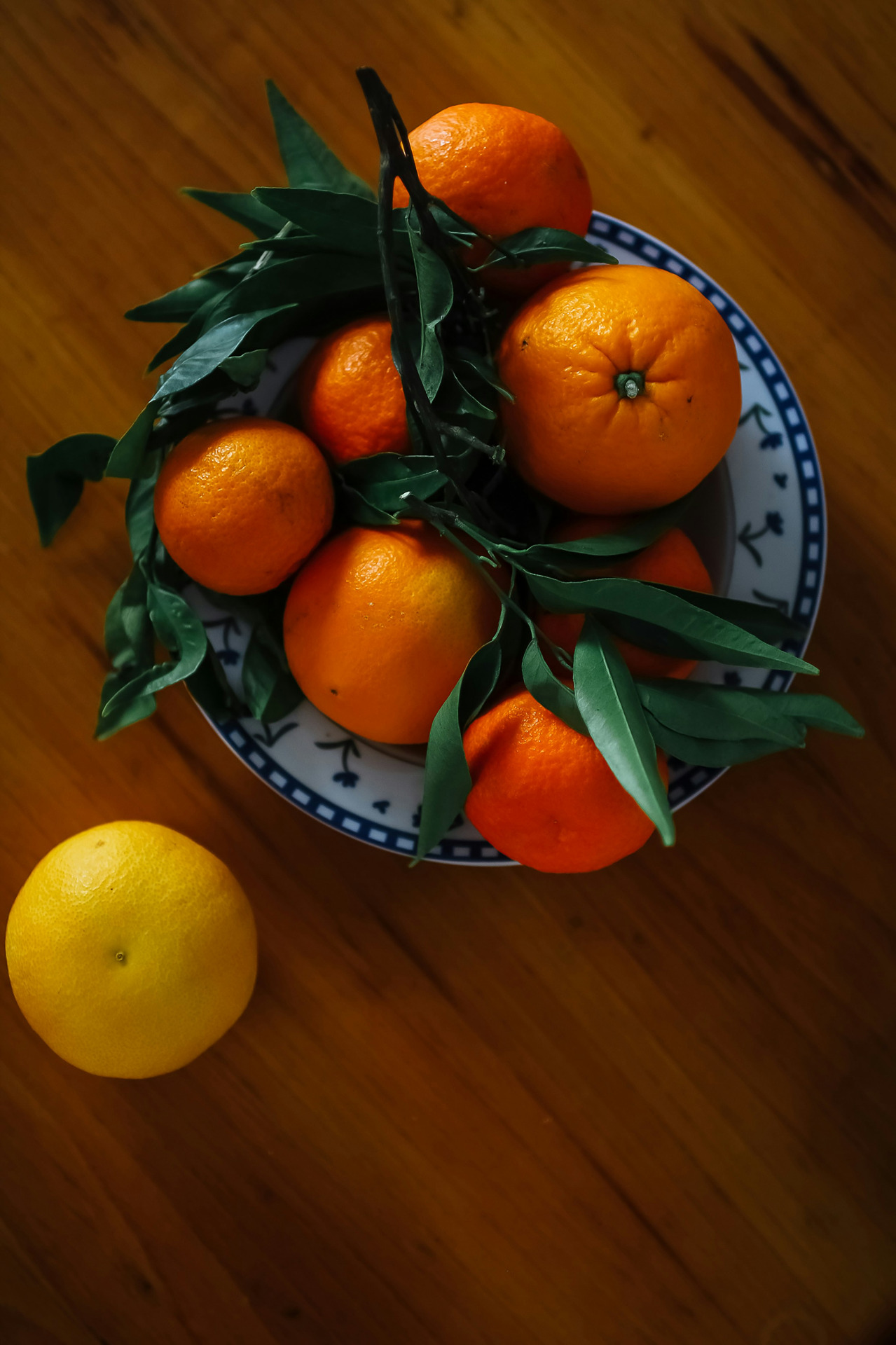
Oranges? Really?
Enrichment with food
Letting young puppies taste a variety of different foods — even ones they might not actually eat — is important for both their physical and mental development.
Physically, early exposure to different flavors and textures helps their digestive system adapt and supports the development of healthy eating habits later in life. Mentally, it encourages curiosity, confidence, and flexibility. Exploring new smells and tastes stimulates their senses and builds positive associations with new experiences, making them more adaptable and resilient as adult dog.
The goal isn't to feed them a full meal of these items, but to let them safely explore different smells, tastes, and textures. Always supervise tasting sessions, avoid toxic foods (like chocolate, grapes, onions, garlic, or xylitol), and check with a vet if you're unsure about a specific item.

You can offer puppies a wide variety of safe foods to explore, here are some examples:
Proteins
-
Different types of meat – such as cooked chicken, beef, turkey, or fish (without bones or seasoning).
Cooked egg (scrambled or boiled, no salt or oil)
-
Tiny bits of liver or other organ meats (in moderation — rich but nutritious)
-
Canned tuna or salmon in water (no added salt or oil)
-
Lean pork or rabbit (fully cooked)
Vegetables
-
Carrots, cucumber, pumpkin, broccoli, or green beans (lightly cooked or raw, depending on texture).
Zucchini, sweet potato, peas, spinach, cauliflower, or bell pepper pieces
-
Herbs like parsley or basil — small sprigs for scent exploration
-
Lettuce or kale leaves to sniff and shred
Fruits
-
Small pieces of apple, banana, blueberry, melon, or pear (no seeds or pits).
Strawberries, raspberries, mango, pineapple, or kiwi (peeled and in tiny bits)
-
Coconut flakes or a drop of unsweetened coconut milk for scent and taste variet
Dairy in moderation
Many dogs (especially as they grow older) don't digest lactose — the sugar in milk — very well. Too much dairy can cause stomach upset, gas, or diarrhea. If lactose-free dairy products are available, use them.
- A spoonful of plain yogurt
- A bit of cottage cheese
- A tiny piece of mild cheese
Other textures & experiences
-
Plain rice cakes or unsalted popcorn (for crunch)
-
Pumpkin purée or mashed banana (for smooth texture)
-
Plain baby food (meat or veggie types, no onion or garlic)
-
Frozen food cubes made from diluted broth or mashed fruit (fun sensory play!)
-
Dog-safe nut butter (like unsalted peanut or almond butter — just a lick)
-
Cooked lentils or chickpeas for new textures
Tip:
You can make a "tasting mat" or "puppy buffet" by putting a few tiny samples on a flat surface and letting the puppy explore freely with nose, tongue, and paws. The aim isn't eating everything — it's learning through safe sensory exploration.
Raw meat
Raw bones, wings, and pieces of meat can offer puppies rich sensory and behavioral enrichment. Exploring these natural materials allows them to use their nose, mouth, and paws in ways that stimulate curiosity and problem-solving. The different textures, smells, and resistance of raw items engage their senses and help develop coordination and jaw control. Chewing also supports calmness and relaxation, providing a natural outlet for energy and the need to bite.
For safety:
-
Always supervise puppies while they interact with raw items.
-
Use fresh, human-grade meat and raw (never cooked) bones or wings, as cooked bones can splinter.
-
Choose pieces that are appropriate for the puppy's size and age to avoid choking.
-
Offer items on an easily cleaned surface and remove leftovers promptly.
-
Wash hands and equipment thoroughly afterward to maintain good hygiene.
Used this way, raw meat, wings, and bones provide safe, engaging enrichment that supports both physical development and emotional well-being.
